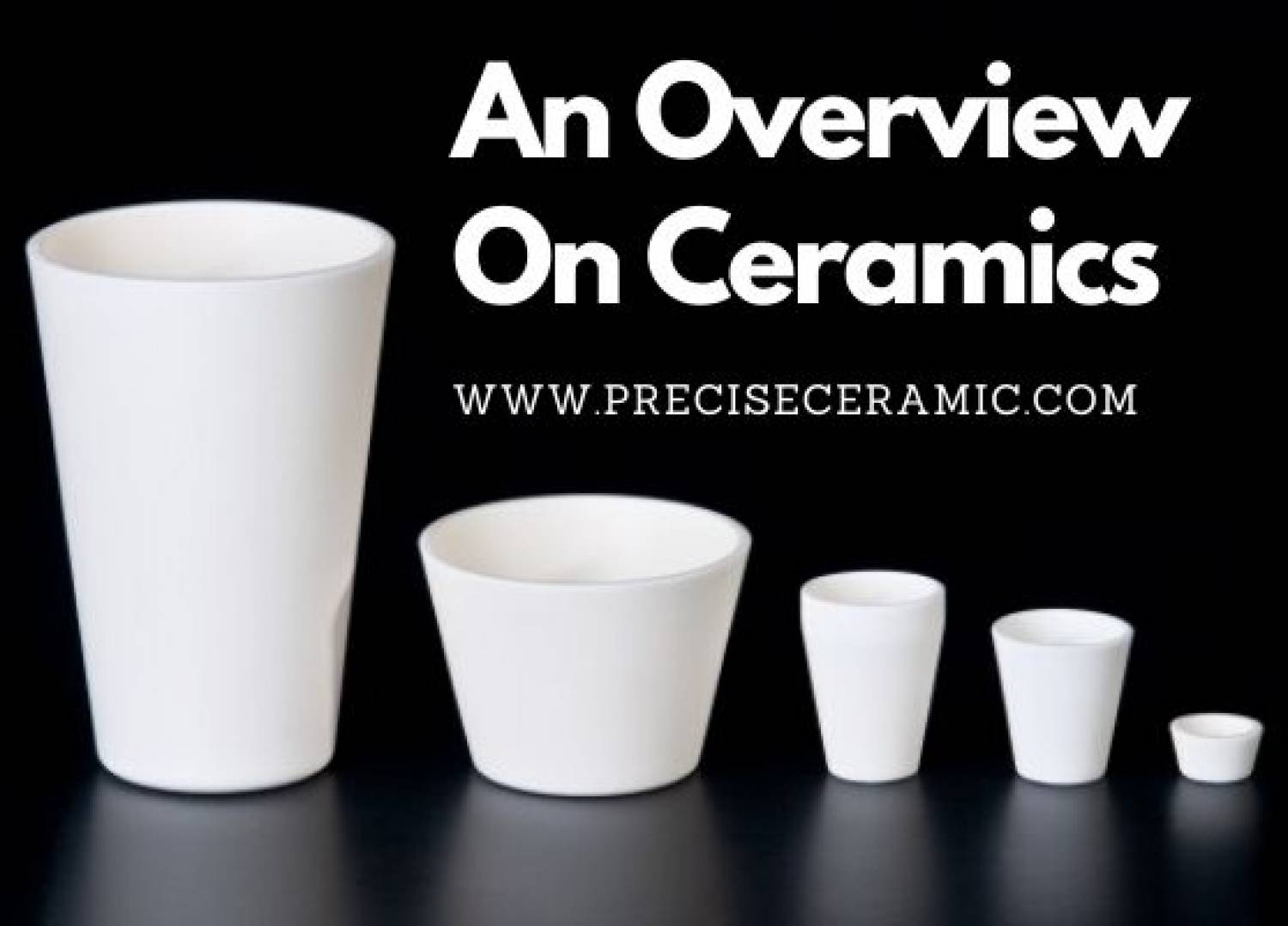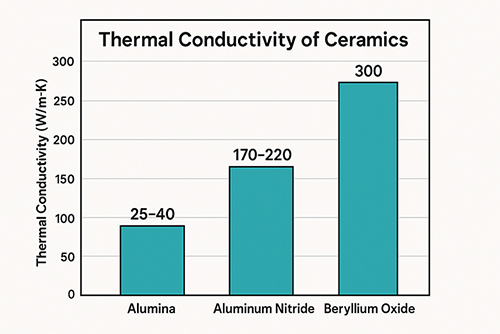An Overview on Ceramics

The word ‘ceramic’ is originated from Greek word keromikos, which means ‘burnt stuff’. Ceramics are compounds of metallic and non-metallic elements.
Characteristics of Ceramics
- high temperature stability - high hardness - brittleness - high mechanical strength - low elongation under application of stress - low thermal and electrical conductivities
Types of Ceramics
Ceramics are classified in many ways. It is due to divergence in composition, properties and applications.

Based on their composition, ceramics can be divided into: - Oxides - Carbides - Nitrides - Sulfides - Fluorides etc. Based on their specific applications, ceramics are classified as: - Glasses - Clay products - Refractories - Abrasives - Cements - Advanced ceramics for special applications Based on their engineering applications, ceramics are classified into two groups as: - Traditional ceramics – most made-up of clay, silica and feldspar - Engineering ceramics – these consist of highly purified aluminium oxide (Al2O3 ), silicon carbide (SiC) and silicon nitiride (Si3N4 )

The Very Specific Feature of Ceramics
– high temperature stability – makes conventional fabrication routes unsuitable for ceramic processing Inorganic glasses, though, make use of lower melting temperatures: Most other ceramic products are manufactured through powder processing.
Typical Ceramic Processing Route
Powder synthesis – green component (casting, extrusion, compaction) – sintering / firing.
{{item.content}}
LEVE A REPLY
{{item.children[0].content}}
{{item.content}}
LEAVE A REPLY
SUBSCRIBE OUR NEWSLETTER
- Boron Nitride in Cosmetics: Enhancing Performance and Sensory Appeal
- Maximize MOCVD Yield and Purity with Hexagonal Boron Nitride Setters
- What Are the Advantages and Uses of Boron Nitride Ceramic Sheet?
- The Compression Annealing Advantage for Pyrolytic Boron Nitride
- Beyond Insulation: The Surprising Spectrum of Ceramic Thermal Conductivity











